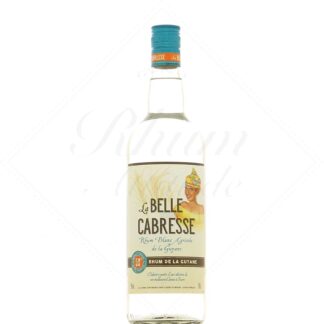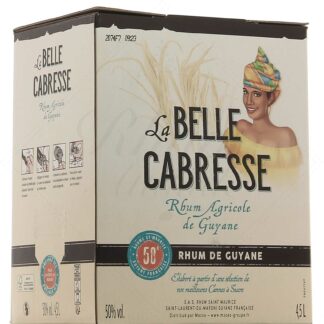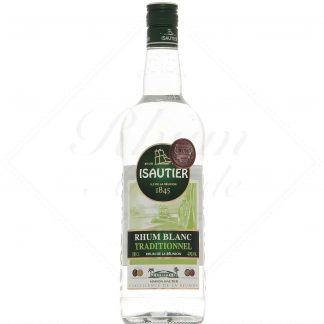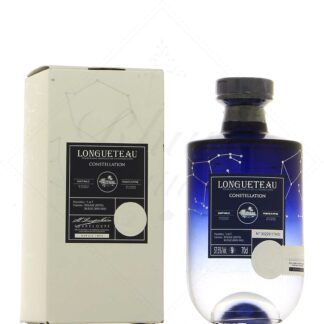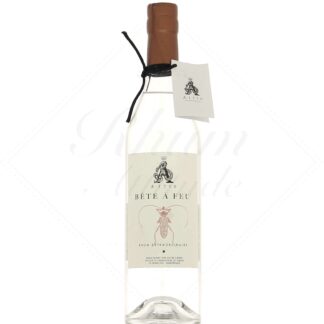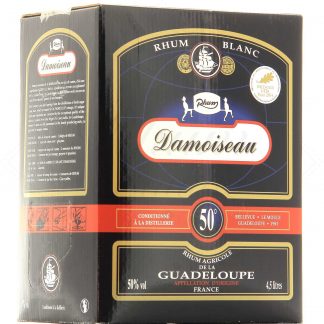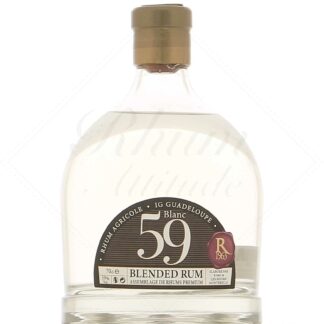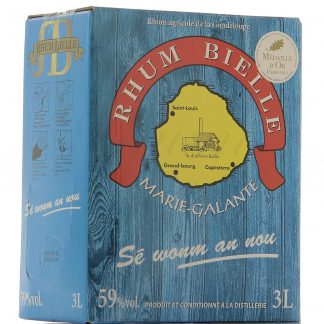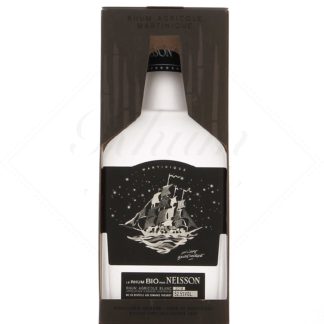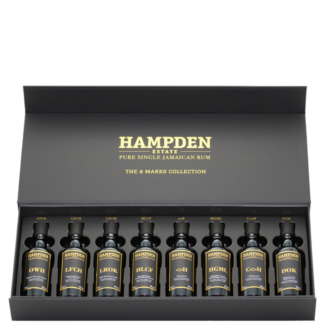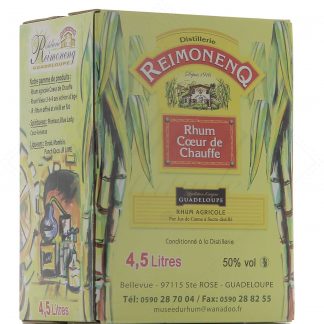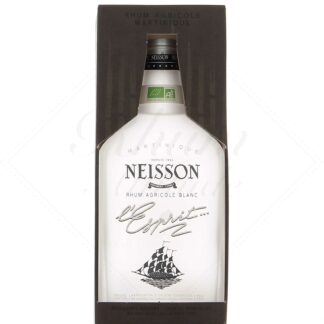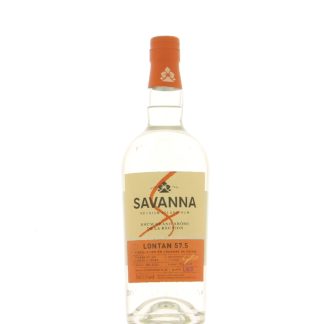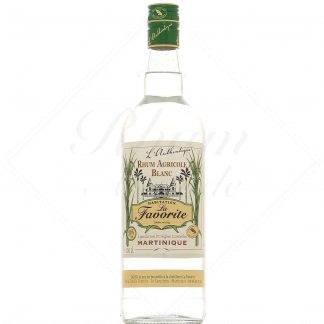White rum
White rum is a much broader category than you might think. In France, we're used to the idea that it should be unaged, most often agricole, but in reality most white rums sold around the world are just the opposite!
The fact that a rum is white (or rather, transparent) is no indication of its style, strength or aromas. So, to go a step further and find your way around, it's best to ask yourself how you intend to use a white rum. This is often the criterion that will define its style, and the tradition from which it comes.
White rum made from pure cane juice
Agricultural rum
These are the most famous white rums in France. They come from Guadeloupe, Martinique, French Guiana and Reunion Island. They are most often drunk as Ti'punch, in which case they are at least 50% proof. They are also perfect for Planteurs and all kinds of long drinks.
For the past ten years or so, we've enjoyed discovering them through pure tasting, as the quality and technical sophistication of distilleries continues to improve. The first to focus on the specific characteristics of a particular cane variety and harvest year were Clément, with the famous Canne Bleue. HSE has been following this trend since 2000.
In Guadeloupe, Longueteau has gone even further, bottling rums from a very specific parcel of land. Smaller distilleries such as A 1710 even offer rums which, in our opinion, are more suited to tasting than cocktails.
We should also mention Madeira rums, which stand out from "French" rums with a style all their own. On the island, the vast majority of these rums are consumed in Poncha. This is the classic Madeira cocktail, and here's the recipe:
In a small pitcher, add :
- 10 cl white rum
- Juice of one lemon and a few zests
- 2 tablespoons cane honey
Stir vigorously (ideally with the traditional " Pau da Poncha ").
The O Reizinho distillery stands out for its still-distilled agricultural rum. This is a genuine sugarcane brandy, perfect for both tasting and poncha.
La cachaça
Industrial cachaça is usually clear, as it is rested in stainless steel tanks. Traditional cachaças are also virtually colorless, but most have a slight straw hue. Strictly speaking, they are not aged, but rested for a few weeks, like all white spirits. The difference is that this resting period takes place in wooden vats, sometimes with fairly fragrant essences such as umburana.
In most cases, it's drunk as a Caipirinha (1/2 lime, 3 teaspoons brown sugar, 6 cl cachaça and crushed ice). In Brazil, it's also popular as a Batida (with coconut water). Some cachaças also lend themselves to tasting when their strength is a little higher. This is the case, for example, with Magnifica Bica do Alambique.
Le Clairin, le Grogue, and other Aguadientes...
These cane spirits are wild eaux-de-vie, distilled using very traditional methods. Their full, natural aromas lend themselves to mixology, but the expression of their terroir is best appreciated as they are.
White molasses rum
Filtered old rum
The vast majority of white molasses rums are aged and charcoal-filtered. This filtration retains and removes all the wood color acquired during barrel aging. This is particularly useful for cocktails, a field in which these rums are exclusively aimed. These often light rums gain a whole new palette of aromas from their contact with the barrel, but avoid altering the color of a cocktail thanks to a filtration process that gives them a translucent color.
They are essential to the great classics, particularly Cuban ones, such as the Daiquiri or the Mojito. The most famous of these are Bacardi Carta Blanca and Havana Club 3 ans. Houses more geared towards tasting also offer their mixology counterparts. These include Botran, Doorly's and Pampero.
Jamaican Overproof
In Jamaica, Overproof rum is an institution. It is the most widely consumed rum on the island, and has made a name for itself around the world, notably with the iconic Wray & Nephew. These rums all have a 63% proof, which is something of a style statement. These are unaged molasses rums, with full-bodied character and aroma. They are most often enjoyed with sodas (the famous Jamaican Ting, equivalent to our Gini) or fruit juices. Their strength is an asset in many cocktails. All Jamaican distilleries have their own overproof, like Hampden, Worthy Park and Monymusk.
151 rums, column or still rums
Alongside Overproof rums are the champions of power: 151 proof rums. These rums are 75.5% alcohol (151 proof in American measure) and are used in Tiki culture, often for fiery cocktails.
When it comes to column or still crudes, the philosophy is quite different. Instead, they are offered in this form so that enlightened connoisseurs can appreciate the work of a distillery without any blush. The rum is harvested at the end of the distillation process. Often brewed and rested to remove any aggressiveness, it is then bottled as is, without the addition of water. Esprit de Neisson is one of these precious eaux-de-vie, but Savanna Créol Straight is another. A few independent bottlers are also interested in molasses-distillation crudes.
Blends of several origins
These multi-origin blends are aimed primarily at bartenders, and focus on balanced, versatile blends. They can be used to enhance any cocktail. They often include a splash of Jamaican rum, for a funky twist. A lighter, fruitier rum (Barbados or Trinidad, for example) is also often required. Depending on the desired character, you can also enjoy the freshness of a pure cane juice or the roundness of a Latin rum.
In France, La Compagnie des Indes and Plantation have made a name for themselves in this style with Tricorne and 3 Stars. Banks' 5 Island Blend and Veritas are other international references. Read less
